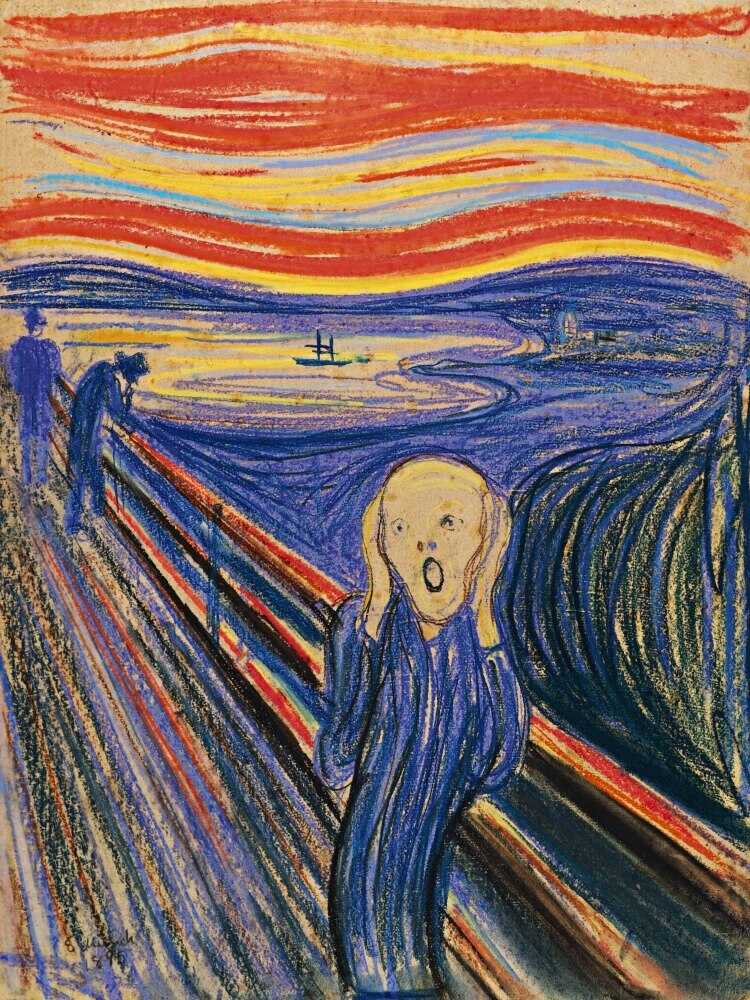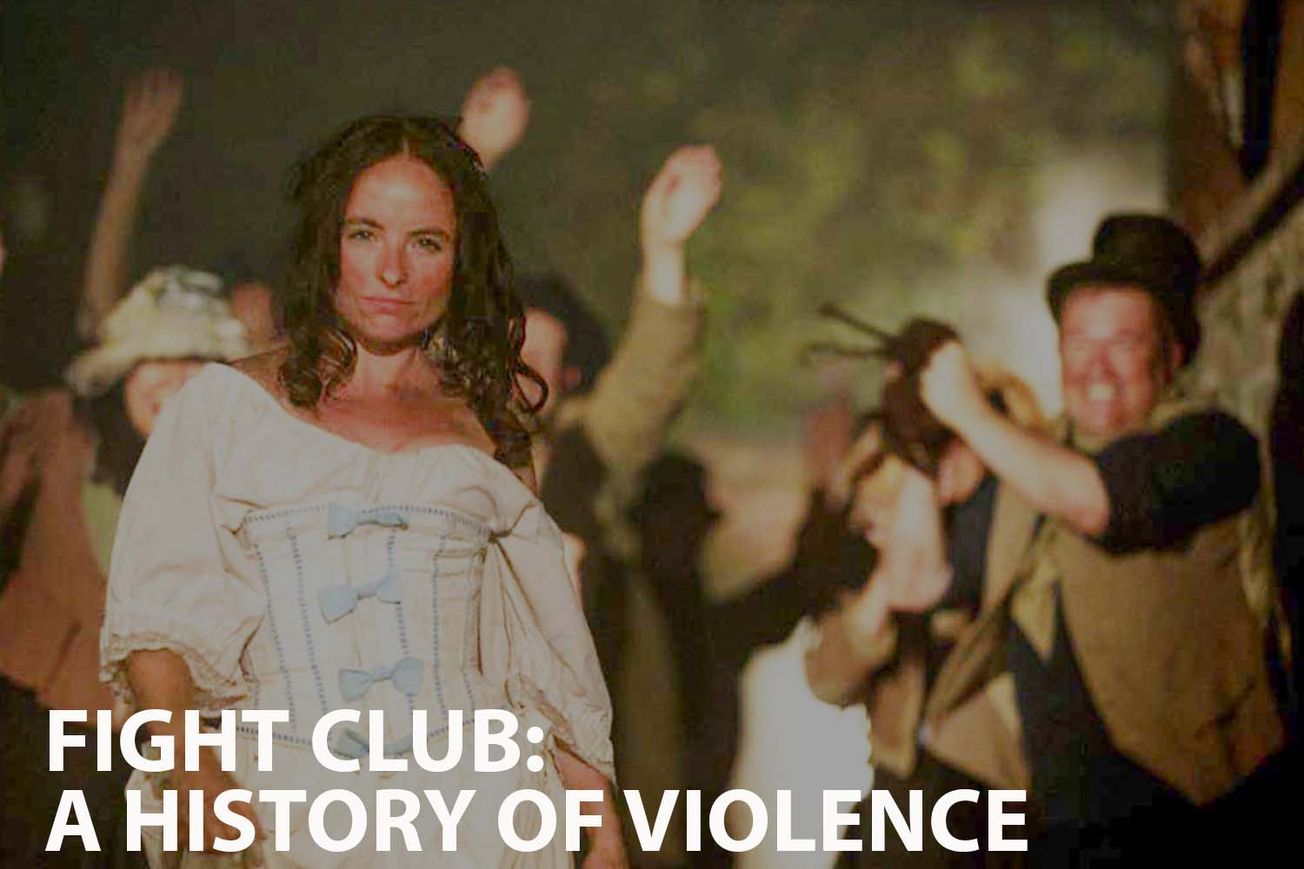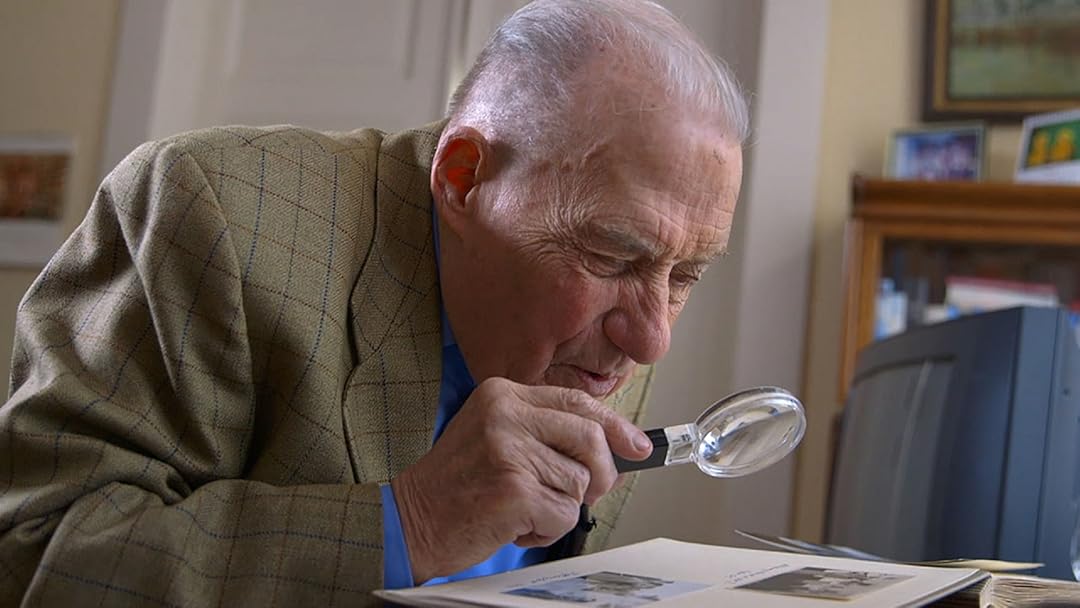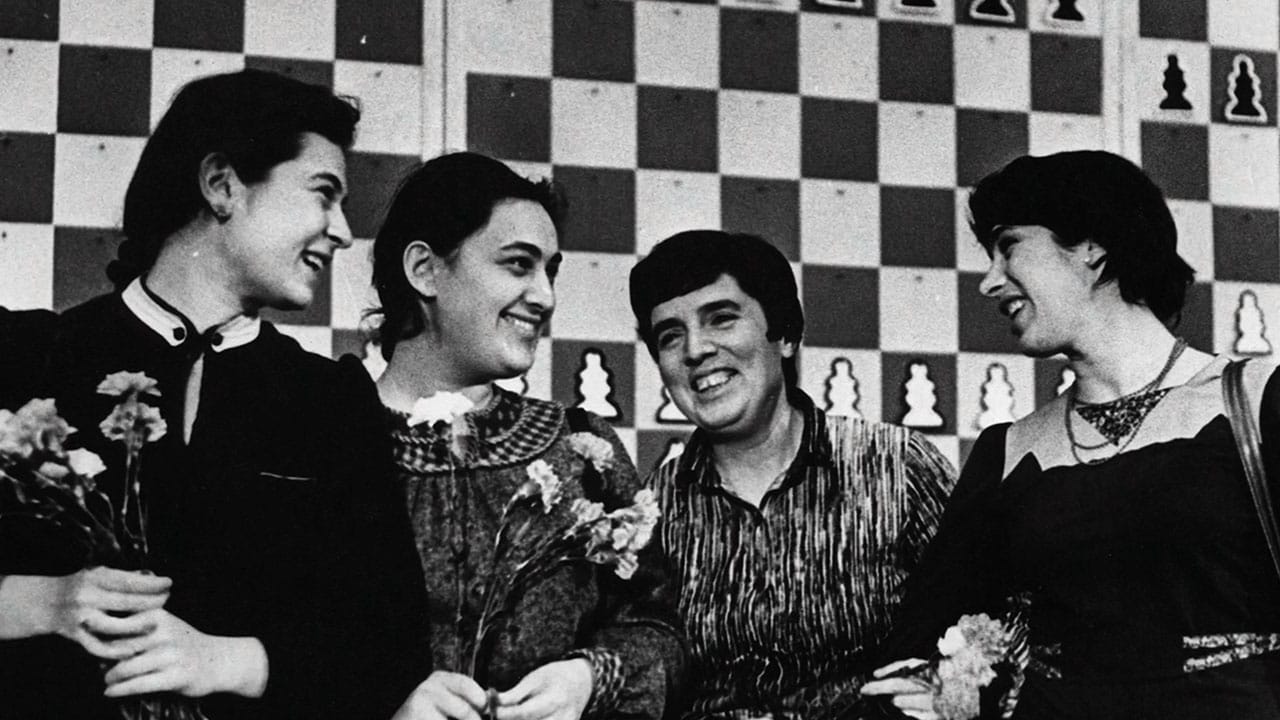Keywords: Fake news, Journalism, History, Media manipulation, Deepfake, Propaganda, Disinformation, Misinformation, Media literacy, Social media. Three words: 'Informative', 'Revealing', 'Historical'.
Introduction
"Fake News: A True History" is a gripping documentary directed by Peter Sweasey and released in 2019. It follows British journalist Ian Hislop as he delves into the history of fake news spanning 200 years, from stories of Victorians on the moon to modern-day deepfakes.
Synopsis
The documentary uncovers the origins and evolution of fake news, showcasing how misinformation has been used to manipulate public opinion and sway political landscapes. Hislop explores various instances of fake news, revealing its consequences on society and the importance of media literacy in today's digital age.
More Film Analysis
Analysis
The documentary employs a journalistic approach, using archival footage, interviews, and expert commentary to provide a comprehensive overview of fake news. It examines the effects of disinformation on society and underlines the crucial role of responsible journalism in combating misinformation.
Historical and Factual Context
Fake news is not a new phenomenon. As Hislop demonstrates, it dates back centuries and has been used as a tool for propaganda, manipulation, and control. The advent of social media has only exacerbated the problem, making it easier for misinformation to spread.
Key themes in the film
- The historical evolution of fake news
- The impact of disinformation on society
- The role of media literacy in combating fake news
- The influence of social media on the spread of misinformation
Film Comparisons
"Fake News: A True History" can be compared to other documentaries like "The Social Dilemma" and "The Great Hack" that explore the impact of social media and the internet on society.
Noteworthy Moments
A significant revelation in the documentary is the realization that fake news is not a new form of manipulation, but rather an old problem that has been amplified by modern technology.
Reviews
The documentary was well-received, with an IMDB score of 7.5. Audiences praised it for its insightful exploration of a timely topic and the balanced perspective provided by Hislop.
Conclusion
"Fake News: A True History" is a must-watch for anyone interested in media literacy, journalism, or the impact of technology on society. It provides valuable insights into the history and consequences of fake news, making it a timely and relevant documentary.
More film information:
FILM SUMMARY
- IMDB score: 7.5
- Rotten Tomatoes score: N/A
- Metacritic score: N/A
- Film festival awards: N/A
PERSONALITIES
- Ian Hislop: British journalist and television presenter who narrates and presents the documentary.
LOCATIONS
- The documentary spans multiple locations, reflecting the global impact of fake news.
Key Questions Raised by the Film:
- What is the history of fake news?
- How has misinformation impacted society over the years?
- What role does media literacy play in combating fake news?
- How has social media influenced the spread of misinformation?
Links for Further Exploration:
I wonder what the film would be in another art form



- If this film was a famous book, it would be "1984" by George Orwell because of its exploration of manipulation and control through misinformation.
- If this film was a famous song, it would be "Imagine" by John Lennon, calling for a world free from manipulation and deception.
- If this film was a famous piece of art, it would be "The Scream" by Edvard Munch, reflecting the societal anxiety and fear caused by fake news.
- If this film was a famous celebrity, it would be Edward R. Murrow, known for his integrity in journalism.
- If this film was a color, it would be grey, representing the blurred lines between truth and falsehood in the era of fake news.
- If this film was a music style, it would be folk, often used to narrate stories and histories, much like the documentary narrates the history of fake news.








